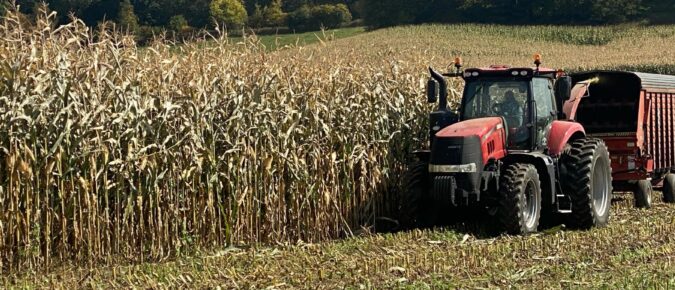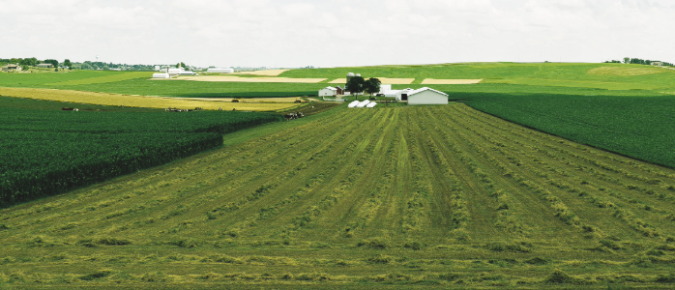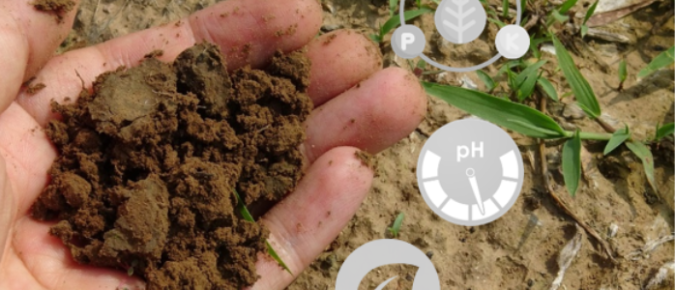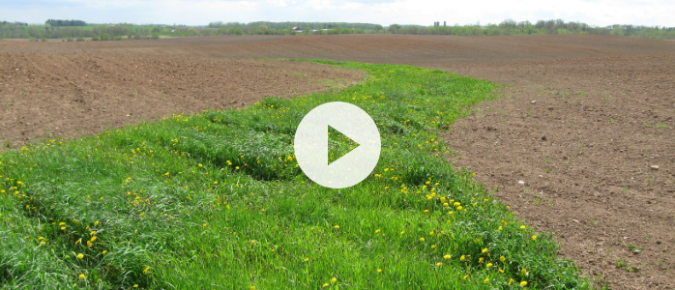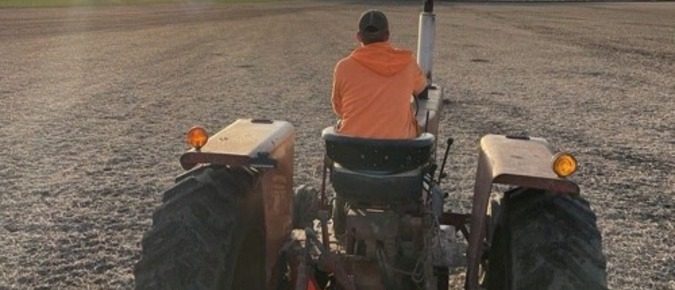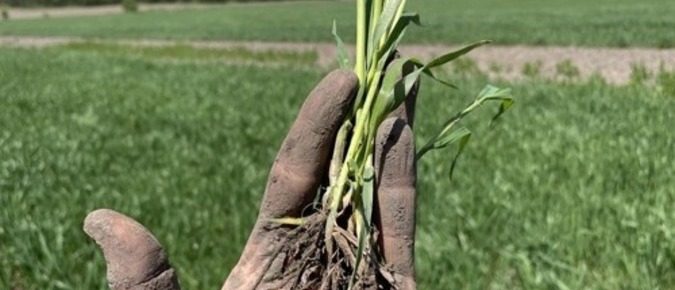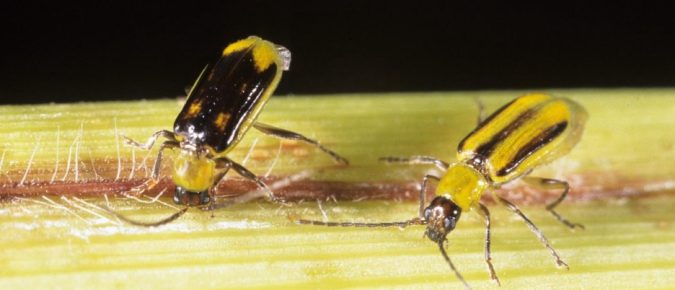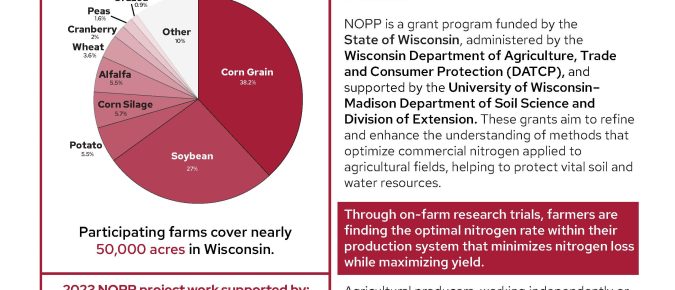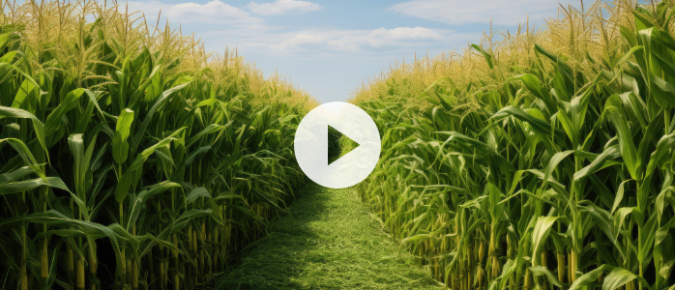Articles
6 common traits of top-yielding fields
Many factors affect crop yield; only one of them is fertilizer. The six factors listed here have a strong relationship with consistently better-yielding areas of a farm field.
2024 Harvest Strategy Thoughts – Corn for Silage
We’re starting to see some foliar diseases come into corn in WI, which may affect harvest timing and management. We’re not overly concerned; however, the time is right to be proactive and scout, scout, scout!
Managing fall alfalfa cutting for persistence
From various research efforts into the physiology of alfalfa winter survival, it appears that many of these root reserve compounds are positively linked to winter survival, so preserving them can aid our alfalfa stand in surviving winter and thriving the following spring. Manipulating the time of fall cutting allows us to control the stores of these compounds to give the best chance at winter survival of our alfalfa stands.
How can soil sampling affect lab results?
Given the importance to crop and soil health and crop productivity, the accuracy of soil test results cannot be overstated. Whether you take your own soil samples or have the fertilizer dealer sample your fields for you, how soil is collected really matters.
▶ Watch: How Grassed Waterways Work
Dr. Mallika Nocco, UW-Madison Extension specialist in agrohydrology, and Landon Baumgartner, outreach specialist for the UW-Madison Extension Nutrient and Pest Management program for Southwest Wisconsin discuss the basics of grassed waterways, their function, and how they could fit on your farm.
Field Notes Episode 21: A Farmer’s Take on the Dollars & Sense of Conservation Agriculture
In the second episode of this two-fer on the economics of conservation, we talk with Jake Kaderly, who works as a crop consultant under the name Kaderly Ag and farms 330 acres in Green County, for the farmer’s take on how he pencils out conservation practices.
Field Notes Episode 20: An Economist’s Take on the Dollars & Sense of Conservation Agriculture
In the first episode of this two-fer on the economics of conservation, we talk with Jeff Hadachek, Extension Specialist and Assistant Professor of Ag Economics at UW-Madison, to get the economist’s take on why economics is a useful tool when talking about conservation practices and adoption.
Scouting for Corn Rootworm Beetles
As we pass the halfway point of the 2024 growing season, it’s important to remember that insect pests currently in fields may also affect 2025 crops. Many pests lay eggs that overwinter and can cause crop damage in the subsequent year. Corn rootworm is a key pest to watch.
2023 Nitrogen Optimization Pilot Program annual report
This report provides a glance at projects funded in the 2023 Nitrogen Optimization Pilot Program grant cycle and the people and farms behind them.
▶ Watch: The Fourth Quarter Plan for 2024 Corn Silage
The August 14 Badger Crop Connect webinar featured Dr. John Goeser, Animal Nutrition Lead for Rock River Lab; Consultant for Cows Agree Consulting; and adjunct assistant professor in the UW–Madison Department of Animal & Dairy Sciences. Dr. Goeser reflects on the corn silage growing season to this point and offers late season and harvest management options.


